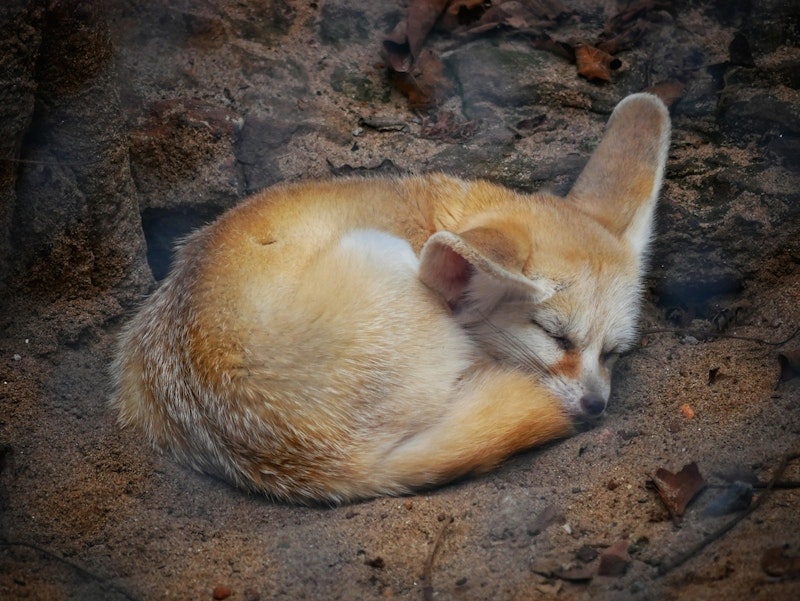Study Notes
GCSE Geography | Adapting to Hot Deserts (Hot Deserts 2)
- Level:
- GCSE
- Board:
- AQA, Edexcel, OCR, Eduqas
Last updated 17 Oct 2024
Hot deserts have lower levels of biodiversity than other global biomes, this is due to the lack of precipitation (which tends to only occur for short periods when it does rain) and the extremely high temperatures. Plants and animals have to make adaptations to be able to survive in such harsh conditions.
How do plants adapt to the conditions in hot deserts?
Plants that can adapt their features to suit the arid environment are xerophytic.
Many desert plants have thick and waxy cuticles that reduce transpiration, meaning they lose less water, and they drop their leaves to prevent further water loss.
Desert trees, such as the acacia tree, have short wide trunks so they can store water in them to use in periods of no rainfall. Their bark is also thick which makes them fire-resistant in the extreme heat.
Due to the extreme heat, some plants have most of their biomass below the surface of the soil - where the temperatures are much cooler, therefore there is less risk of vegetation shrivelling up and dying.
Many hot desert plants, such as cacti, are succulents - meaning that they store water in their tissue. Cacti also have spikes which stop animals from eating then and reduces water loss.
Some plants have horizontal root systems that spread out to get as much water as possible when it does rain, whilst others have long tap roots that reach 7 to 10 metres below the surface to get to groundwater.
Hot desert plants can also be ephemeral, which means that they can change their behaviour to suit environmental conditions. For example some desert flowers can lie dormant for years and germinate quickly after a period of rain. This enables them to complete their lifecycles in a few weeks, including producing colourful flowers immediately to attract insects to help with pollination.

How do animals adapt to the conditions in hot deserts?
Despite the harsh conditions there are many species of animal who have adapted to survive the hostile hot desert environment, for example many rodents are nocturnal and only venture out during cool nights, spending the days underground in burrows, and snakes and lizards are able to retain as much water as possible through their waterproof skin.
Kangaroo rats get all the water they need from food, so do not have to drink anything. They also don't lose water through perspiration, and lose minimal water through urination as their kidneys are so efficient.
Fennec foxes are protected from the scorching heat of the sand by having thick fur on their paws. Their light fur offers them protection through camouflage, as well as reflecting sunlight to keep them cool. Their massive ears allow heat loss by providing a large area of exposed skin full of blood vessels.
Camels are known as ‘ships of the desert’ and are probably the most famous of all the desert animals – they have many adaptations that help them survive in the desert, they store fat in their humps meaning they can go without food for long periods of time, and they have very concentrated urine and faeces to reduce water loss. They also have two pairs of eyelashes to protect their eyes from the bright sun, as well as stretchy nostrils that they can close in a sand storm. Additionally they have long legs to keep their bodies away from the hot sand, webbed feet to stop them sinking in the sand, and a light woolly coat to reflect the sun, but also keep them cool during the day and warm at night.

You might also like

Unsustainable growth degrades Asia's land
8th October 2015

Glaciers in the Desert!
3rd October 2017
How to choose which species to save
28th December 2019
Past extinctions inform scientists about what's to come for our mammals.
7th September 2020

Are protected cold environments really that safe? It seems not!
16th March 2023
Hot Deserts | AQA GCSE Geography
Quizzes & Activities